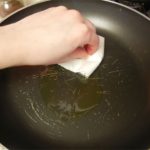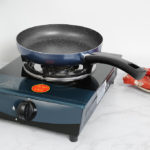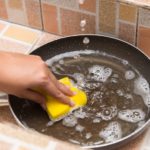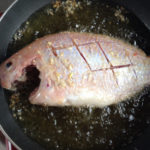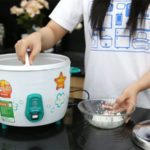Tip for a non-stick pan
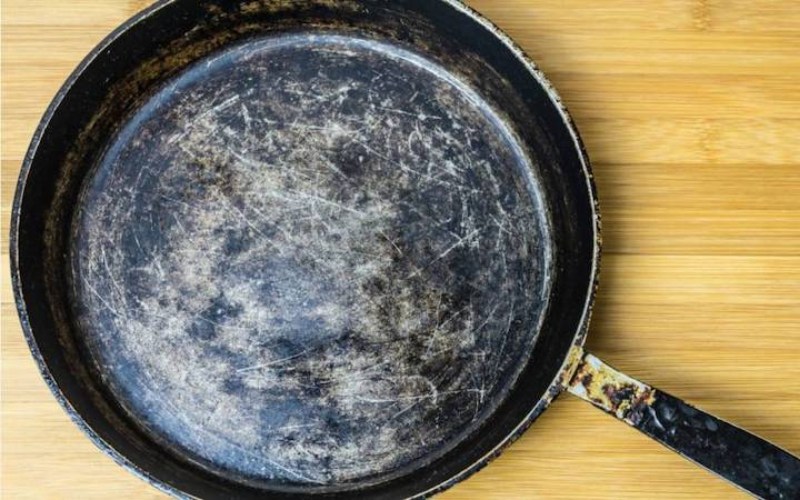
Nowadays, pots, pans, and cookware are all coated with a non-stick layer called Teflon, also known as polytetrafluoroethylene or PTFE. This transparent substance was accidentally invented in 1938 for military use. However, in 1951 Teflon started to be used to coat metal pots and pans, creating a slippery surface that is easier to clean and brings great convenience to cooking.
If the non-stick coating on the pan meets quality standards, it is not a dangerous issue. Even if the non-stick layer peels off and we eat small pieces of Teflon, it will be excreted through the digestive system. However, cooking with an overly hot pan is a different issue. Scientists also advise against using a non-stick pot or pan for too long, and recommend using it for a maximum of 2-3 years.
If you want to use a non-stick pan or avoid frequent replacements, you can use this tip to prevent food from sticking:
Step 1: Heat the non-stick pan on the stove until it is dry and hot. You can test it by pouring a spoonful of water into it. If the water boils and evaporates, it’s ready.
Step 2: Pour cooking oil or fat into the pan and wait for it to bubble.
Step 3: Add eggs or food like fish… to the pan and start frying.
Note: Make sure your piece of fish is dry, without any water residue. If there is water on the fish, it might splatter.
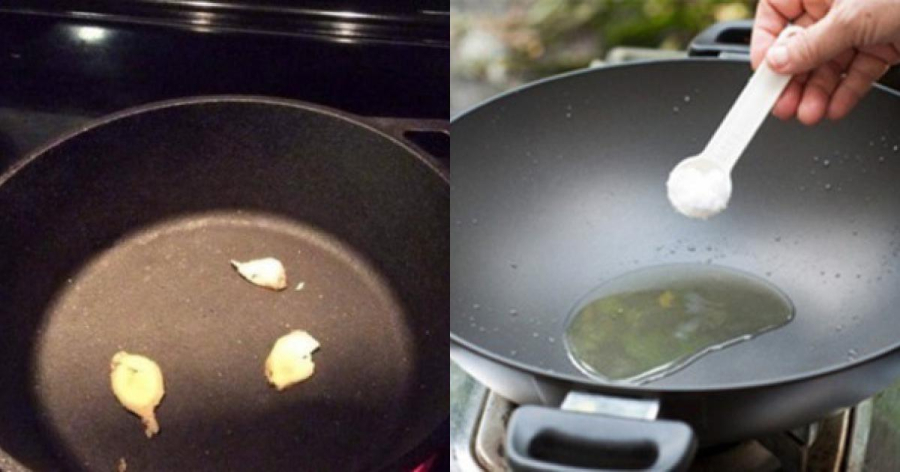
How to create a non-stick layer for your pan
Before frying, create a non-stick layer on your pan by heating it and adding a piece of ginger. Move them around for a bit. Then, pour cooking oil and let it heat up before adding the food you want to fry. By doing this, the ginger will create a safe non-stick layer for your old pan, preventing anything you fry from sticking or breaking apart.
Additionally, to make frying easier, you should let the food dry out a bit. If it’s too moist, you can use a paper towel to gently absorb the excess water before putting it in the frying pan.
Transforming a Regular and Old Pan into Non-Stick Cookware
Learn how to transform your regular and old non-stick pans into fresh, new non-stick ones with a few easy steps. With this cost-effective kitchen makeover, you can enjoy all the amazing benefits of a non-stick cooking experience without the need to purchase new pans.

























